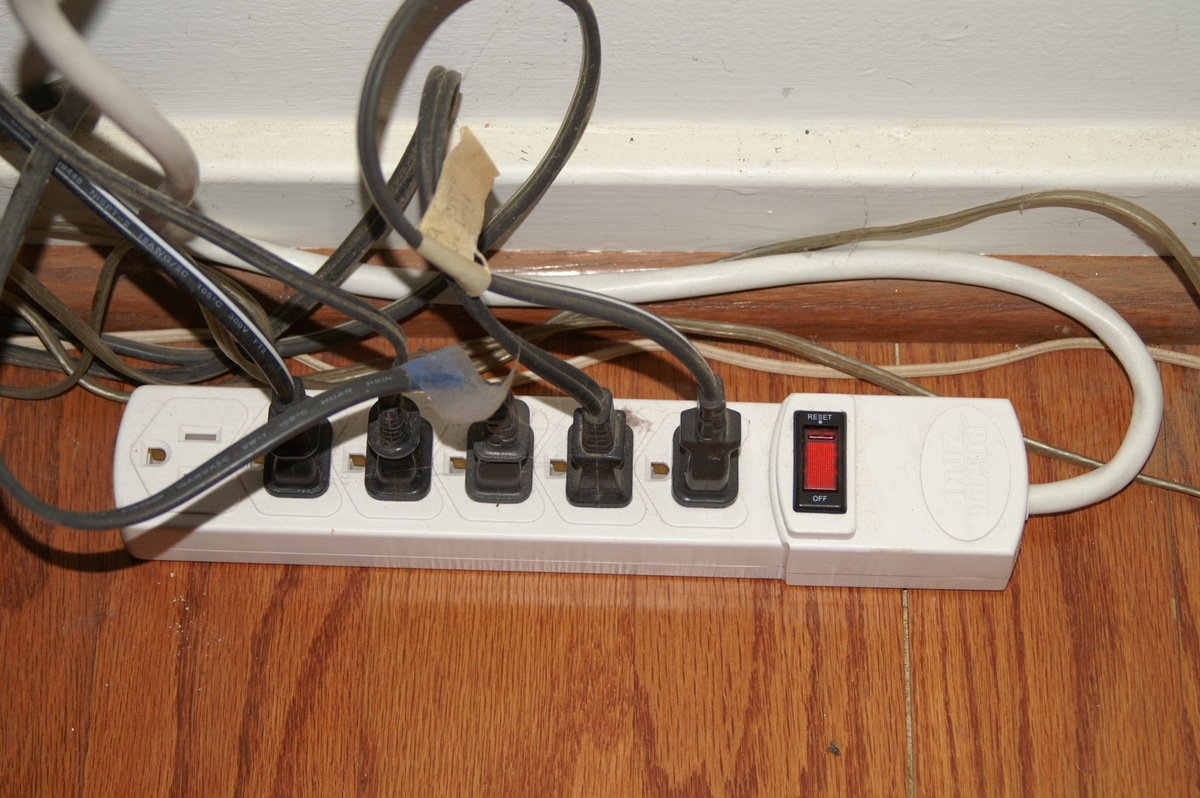

Articles
How Much Wattage Can A Power Strip Handle
Modified: March 1, 2024
Discover the maximum wattage a power strip can handle with our informative articles. Learn how to safely use power strips without overloading them.
(Many of the links in this article redirect to a specific reviewed product. Your purchase of these products through affiliate links helps to generate commission for Storables.com, at no extra cost. Learn more)
Introduction
In today’s modern world, where we rely heavily on technology and electronic devices, power strips have become an essential part of our daily lives. Whether it’s for our home, office, or any other space, power strips provide us with the convenience of multiple outlets in a compact design. However, it’s important to understand the limitations and capabilities of power strips, particularly when it comes to their wattage handling capacity.
Power strip wattage refers to the maximum amount of electrical power, measured in watts, that a power strip can safely handle without overloading. Exceeding the wattage rating of a power strip can lead to overheating, short circuits, and even fire hazards. Therefore, it’s crucial to have a clear understanding of power strip wattage and how it can impact the safety and performance of our electronic devices.
In this article, we will delve deeper into the concept of power strip wattage and explore the various factors that affect a power strip’s capacity. We will also discuss how to determine the wattage capacity of a power strip and provide some common wattage ratings for different types of power strips. Additionally, we will address the safety concerns associated with overloading power strips and share some tips for using them safely.
So, whether you’re looking to connect multiple devices to a power strip or simply want to ensure the safety of your electronic equipment, this article will equip you with the knowledge you need to make informed decisions and keep your power strip usage within safe limits.
Key Takeaways:
- Understanding power strip wattage is crucial to prevent overloading and ensure safety for your electronic devices. Consider factors like build quality, outlet configuration, and surge protection when choosing a power strip.
- Always match the wattage rating of your power strip with the combined wattage of your devices to avoid overloading. Follow safety guidelines, distribute the load, and choose high-quality power strips for safe and efficient usage.
Read more: How Much Power Can A Surge Protector Handle
Understanding Power Strip Wattage
Power strip wattage refers to the maximum amount of electrical power, measured in watts, that a power strip can handle without risking overloading or causing damage to the connected devices. It is an important specification to consider when using power strips to ensure the safety and proper functioning of your electronic equipment.
Wattage is the unit of power measurement that quantifies the rate at which an electrical device consumes energy. Each electronic device has its own wattage rating, which indicates the amount of power it requires to operate optimally. Therefore, it is crucial to understand and abide by the wattage rating of both your devices and the power strip they are connected to.
When multiple devices are plugged into a power strip, the combined wattage of those devices must not exceed the wattage capacity of the power strip. This is because exceeding the wattage limit can lead to overheating, electrical failures, and even fire hazards. It’s essential to have a clear understanding of the power strip’s wattage capacity to prevent any potential disasters.
In addition to the wattage rating, power strips also have a “joule rating,” which represents their capacity to absorb surges or spikes in voltage. While joule rating is an important factor for surge protection, it does not determine the maximum power load the power strip can handle. Therefore, when it comes to wattage, it is crucial to consider the power strip’s specific wattage capacity.
It’s important to note that power strip wattage capacity varies across different models and types of power strips. Some power strips may have higher wattage capacities to accommodate larger devices and appliances, while others may have lower wattage capacities suitable for smaller electronics such as smartphones or tablets.
Now that we have a basic understanding of power strip wattage, let’s explore the factors that can affect a power strip’s capacity in the next section.
Factors Affecting Power Strip Capacity
The capacity of a power strip, specifically its wattage handling capability, can be influenced by several factors. Understanding these factors can help you make informed decisions when choosing a power strip and prevent overloading or potential safety hazards. Let’s explore some of the key factors that can affect power strip capacity:
1. Wiring and Build Quality: The design, construction, and quality of materials used in a power strip can have a significant impact on its capacity. Power strips with better wiring, thicker cables, and higher-quality components tend to have higher wattage capacities. It’s important to choose power strips from reputable brands that adhere to safety standards and use durable materials.
2. Outlet Configuration: The number and arrangement of outlets can also affect a power strip’s capacity. Power strips with more outlets generally have higher wattage capacities, as they are designed to accommodate multiple devices simultaneously. However, it’s essential to check the wattage rating for each individual outlet and ensure that the combined wattage of your connected devices does not exceed the power strip’s capacity.
3. Power Cord Length: The length of the power cord can impact a power strip’s wattage handling capacity. Longer power cords can lead to voltage drops, which can affect the performance and capacity of the power strip. It’s recommended to choose a power strip with an appropriate cord length for your specific needs to ensure efficient power delivery.
4. Surge Protection: Power strips equipped with surge protection features may have lower wattage capacities. This is because the surge protection circuitry requires some power to function. However, it’s important to balance the need for surge protection with the wattage requirements of your devices. If surge protection is a priority, make sure to choose a power strip that can handle the combined wattage of your devices along with the surge protection feature.
5. Environmental Factors: The environment in which the power strip is used can also impact its capacity. High temperatures, humidity, and other environmental factors can affect the performance and reliability of the power strip. It’s important to consider these factors and choose a power strip that is suitable for the intended environment to avoid any potential issues.
By considering these factors, you can better determine which power strip is best suited for your needs and ensure that it can safely handle the wattage requirements of your devices. In the next section, we will discuss how to determine the wattage capacity of a power strip.
Determining the Wattage Capacity of a Power Strip
When it comes to determining the wattage capacity of a power strip, there are a few key considerations to keep in mind. By following these steps, you can ensure that you select a power strip that can safely accommodate the wattage requirements of your devices:
1. Check the Manufacturer’s Specifications: The first step is to refer to the manufacturer’s specifications or the product label provided with the power strip. Look for information regarding the wattage capacity or the maximum power load the power strip can handle. This information is usually listed in watts or amps.
2. Identify the Amp Rating: In some cases, rather than listing the wattage capacity, the power strip may indicate its amp rating. To convert this to watts, simply multiply the amp rating by the voltage of your electrical system (usually 120 volts in North America). For example, if the power strip has a 15-amp rating, the wattage capacity would be 15 amps x 120 volts = 1800 watts.
3. Consider Power Factor: Power factor refers to the ratio of real power (watts) to apparent power (volt-amps). Some electronic devices may have a power factor less than 1, which means they draw less actual power compared to the apparent power. If you have devices with known power factors, take that into account when calculating the combined wattage of your connected devices.
4. Add up the Wattage of Connected Devices: Determine the wattage requirements of each electronic device that you intend to connect to the power strip. The wattage information can usually be found on the device’s label or in the user manual. Add up the individual wattages to get the total wattage required.
5. Ensure the Total Wattage Does Not Exceed the Power Strip’s Capacity: Compare the total wattage of your connected devices to the wattage capacity of the power strip. It’s crucial to ensure that the total wattage does not exceed the power strip’s capacity to avoid overloading and potential safety hazards. If the total wattage exceeds the capacity of a single power strip, consider using additional power strips or alternative power distribution methods.
Remember, it’s essential to always err on the side of caution and choose a power strip with a wattage capacity that exceeds the combined wattage of your devices. This provides a safety buffer and helps ensure that the power strip can handle any small fluctuations in power consumption. By following these steps, you can make sure that you select a power strip that is suitable for your needs and provides a safe and efficient power distribution solution.
Check the power strip’s label or manual for its maximum wattage capacity. Avoid overloading the power strip to prevent overheating and potential fire hazards.
Common Wattage Ratings for Power Strips
Power strips come in various wattage ratings to accommodate different types of electronic devices and appliances. Understanding the common wattage ratings can help you choose the right power strip for your specific needs. Here are a few common wattage ratings you may come across when selecting a power strip:
1. 1500 Watts: Power strips with a wattage rating of 1500 watts are commonly used for general household electronics, including computers, laptops, smartphones, printers, and smaller appliances. These power strips are suitable for everyday use and can handle the power requirements of most common household devices.
2. 1800 Watts: Power strips with a wattage rating of 1800 watts are slightly more robust than those with a 1500-watt rating. They can handle larger appliances such as microwaves, coffee makers, toasters, and similar devices. If you have a combination of small and medium-sized appliances, a power strip with an 1800-watt rating may be more suitable.
3. 3000 Watts or Higher: For more demanding electrical setups or specific applications, power strips with wattage ratings of 3000 watts or higher are available. These power strips can handle heavy-duty household appliances, power tools, space heaters, or other high-power devices. It’s important to note that power strips with higher wattage ratings often have special features like dedicated high-power outlets or surge protection.
4. Specialized Wattage Ratings: Some power strips are designed for specific applications and have specialized wattage ratings. For example, power strips for home theater systems may have lower wattage ratings to focus on surge protection rather than high-power capability. Power strips for office setups or computer racks may have higher wattage ratings to handle multiple computers and accessories.
When selecting a power strip, it’s crucial to identify the power requirements of your devices and ensure that the wattage rating of the power strip exceeds the combined wattage of all connected devices. Additionally, consider any additional features or considerations that may be specific to your intended use, such as surge protection, USB charging ports, or cord length.
Always refer to the manufacturer’s specifications and guidelines to ensure that you choose a power strip with the appropriate wattage rating for your specific needs. This will help ensure both the safety and optimal performance of your electronic devices and appliances.
Read more: How Much Flour Can A Kitchenaid Mixer Handle
Overloading and Safety Concerns
Overloading a power strip can have significant safety implications and should be avoided at all costs. When a power strip is overloaded, it means that the total wattage of the connected devices exceeds the power strip’s wattage capacity. This can lead to various safety concerns, including:
1. Overheating: Overloading a power strip can cause it to overheat, which can lead to damage to the devices connected to it and the power strip itself. Excessive heat can weaken the internal components of the power strip, increasing the risk of electrical failures, short circuits, and even fires.
2. Fire Hazards: Overloaded power strips are a significant fire hazard. When the power strip cannot handle the amount of electrical current passing through it, the wires can overheat, melt, or even catch fire. This can quickly escalate into a dangerous situation, putting lives and property at risk.
3. Electrical Failures: Overloading a power strip can lead to electrical failures, such as power surges, voltage drops, or intermittent power supply to the connected devices. These failures can cause damage to sensitive electronic equipment, including computers, TVs, and other appliances.
4. Reduced Performance: Overloading the power strip can strain the electrical system, leading to reduced performance of the connected devices. They may not receive adequate power, causing them to malfunction, operate slower than usual, or experience compromised functionality.
To prevent overloading and ensure safety, it’s important to follow these guidelines:
1. Respect the Wattage Rating: Always check the wattage rating of the power strip and make sure it is higher than the combined wattage of the devices you plan to connect to it. This ensures that the power strip can handle the load without risking overloading.
2. Distribute the Load: If you have several high-power devices, distribute them across multiple power strips or electrical outlets instead of relying on a single power strip. This helps distribute the load and prevents any single power strip from being overwhelmed.
3. Avoid Daisy-Chaining: Daisy-chaining involves connecting one power strip to another to increase the number of available outlets. However, this practice can overload the first power strip or the electrical circuit. It is safer to use separate, appropriately rated power strips for each set of devices.
4. Unplug Unused Devices: When not in use, unplug devices from the power strip to reduce the load. Even devices in standby or sleep mode can consume power, contributing to the overall load on the power strip.
5. Monitor for Signs of Overloading: Be observant for signs of overheating such as hot power strip or cables, flickering lights, or a burning smell. If you notice any of these signs, immediately disconnect the overloaded devices and seek professional assistance if needed.
By adhering to these safety guidelines and being mindful of the wattage limitations, you can ensure the safe and efficient use of power strips in your home or workplace.
Tips for Using Power Strips Safely
Using power strips safely is crucial to prevent electrical accidents, fires, and damage to your devices. Here are some essential tips to ensure the safe and proper use of power strips:
1. Choose a High-Quality Power Strip: Invest in a power strip from a reputable brand that meets safety standards. Look for certifications such as UL (Underwriters Laboratories) or ETL (Intertek) to ensure that the power strip has undergone rigorous testing for safety and quality.
2. Match the Wattage Rating: Always check the power strip’s wattage rating and confirm that it can handle the combined wattage of your connected devices. Exceeding the wattage capacity can lead to overheating, electrical failures, and potential hazards.
3. Avoid Overloading: Never overload a power strip by plugging in more devices than it can handle. Spread out the load across multiple power strips or outlets to prevent overloading and reduce the risk of electrical hazards.
4. Keep It Cool: Ensure that the power strip is well-ventilated and not covered by objects or materials that can trap heat. Overheating is a major safety concern, so keep the power strip in a cool and open area where it can dissipate heat effectively.
5. Check Cord and Plug: Regularly inspect the power strip’s power cord and plug for any signs of wear, damage, or loose connections. If you notice any issues, stop using the power strip immediately and replace it with a new one to avoid potential electrical hazards.
6. Avoid Moisture and Water: Keep power strips away from moist or wet areas, such as bathrooms, kitchens, or outdoor spaces. Exposure to moisture can increase the risk of electrical shock and damage to the power strip and connected devices.
7. Unplug Unused Devices: When not in use, unplug devices from the power strip to reduce the risk of electrical accidents and save energy. Even in standby mode, devices can draw power and contribute to the load on the power strip.
8. Use Surge Protection: Consider using power strips with built-in surge protection to safeguard your devices against power surges. Surge protectors are designed to absorb excess voltage, preventing damage to sensitive electronics.
9. Read the User Manual: Always read and follow the user manual and instructions provided with the power strip. The manual often contains important safety information, usage guidelines, and specific recommendations for optimum performance.
10. Educate Household Members: Inform family members or colleagues about the safe usage guidelines for power strips. Encourage them to unplug devices when not in use and be mindful of the capacity and limitations of the power strip to ensure a safe environment for everyone.
By following these tips and practicing responsible usage, you can use power strips safely, minimize the risk of accidents, and protect your electronic devices from potential damage. Prioritizing safety is crucial in maintaining a secure and efficient electrical setup in your home or workplace.
Conclusion
Power strips provide a convenient and practical solution to manage multiple devices and their power requirements. However, it’s crucial to understand power strip wattage and its implications to ensure safety and optimal performance. By taking the time to comprehend power strip wattage and adhere to safety guidelines, you can use power strips confidently and avoid potential hazards.
We explored the concept of power strip wattage and how it relates to the maximum power load a power strip can handle. We discussed the factors that can affect a power strip’s capacity, including its build quality, outlet configuration, power cord length, surge protection, and environmental factors. Determining the wattage capacity of a power strip involves checking the manufacturer’s specifications, identifying the amp rating, considering power factor, and adding up the wattages of connected devices.
Additionally, we provided insights into common wattage ratings for power strips and discussed the importance of avoiding overloading, which can lead to issues such as overheating, fire hazards, electrical failures, and reduced device performance. We also shared valuable tips for using power strips safely, including choosing high-quality power strips, matching wattage ratings, avoiding overloading, keeping the power strip cool, checking cords and plugs, and utilizing surge protection.
Remember, your safety and the safety of your devices should always be a priority when using power strips. Take the time to educate yourself and others about safe usage guidelines and ensure that you select power strips that meet your specific power needs. By following these recommendations, you can enjoy the convenience of power strips while protecting yourself and your valuable electronic equipment.
As with any electrical equipment, it’s important to stay vigilant, regularly inspect your power strips for any signs of damage or wear, and replace them if necessary. By being responsible and mindful of power strip wattage and safety precautions, you can create a reliable and secure power distribution system in your home, office, or any other space.
Frequently Asked Questions about How Much Wattage Can A Power Strip Handle
Was this page helpful?
At Storables.com, we guarantee accurate and reliable information. Our content, validated by Expert Board Contributors, is crafted following stringent Editorial Policies. We're committed to providing you with well-researched, expert-backed insights for all your informational needs.
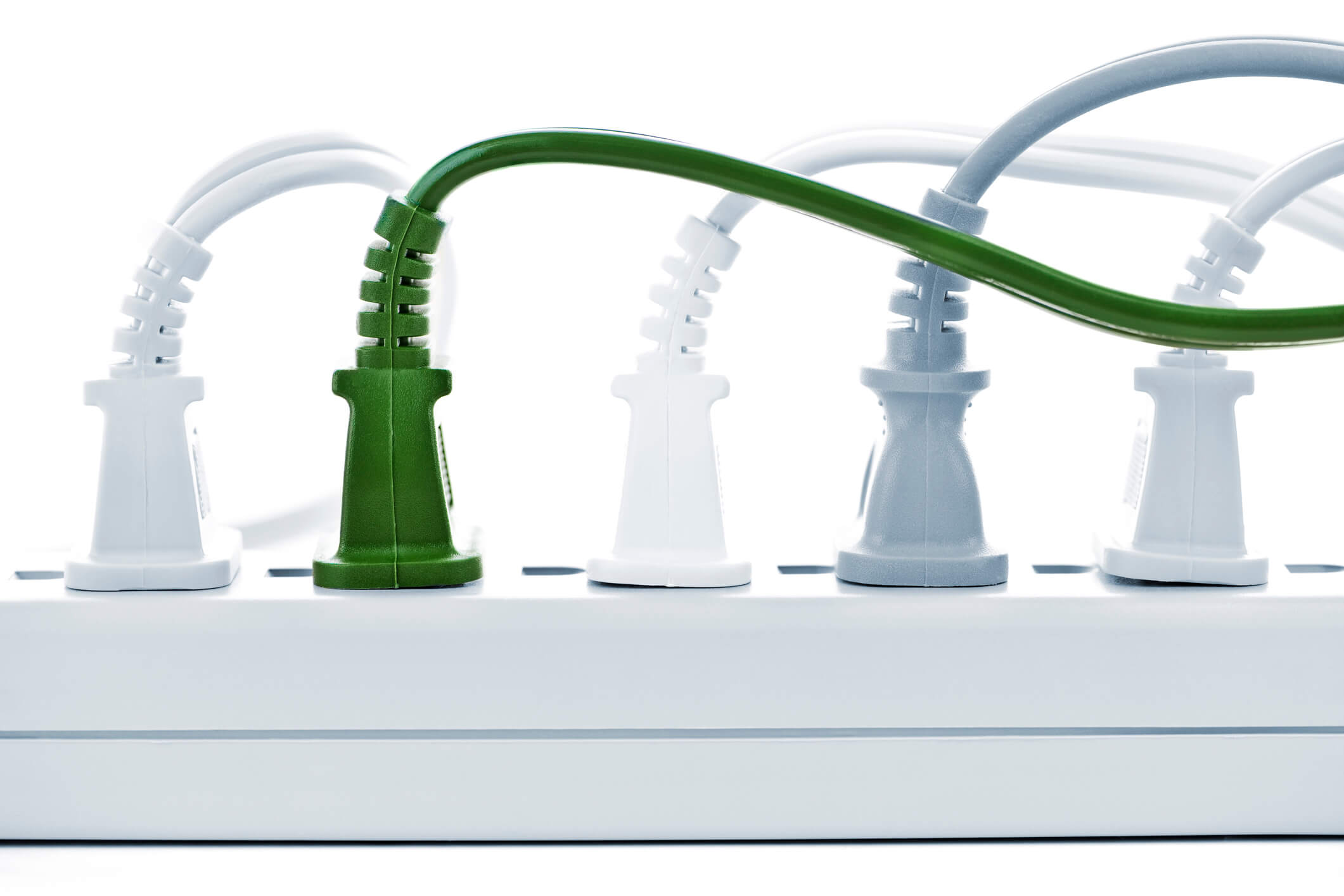
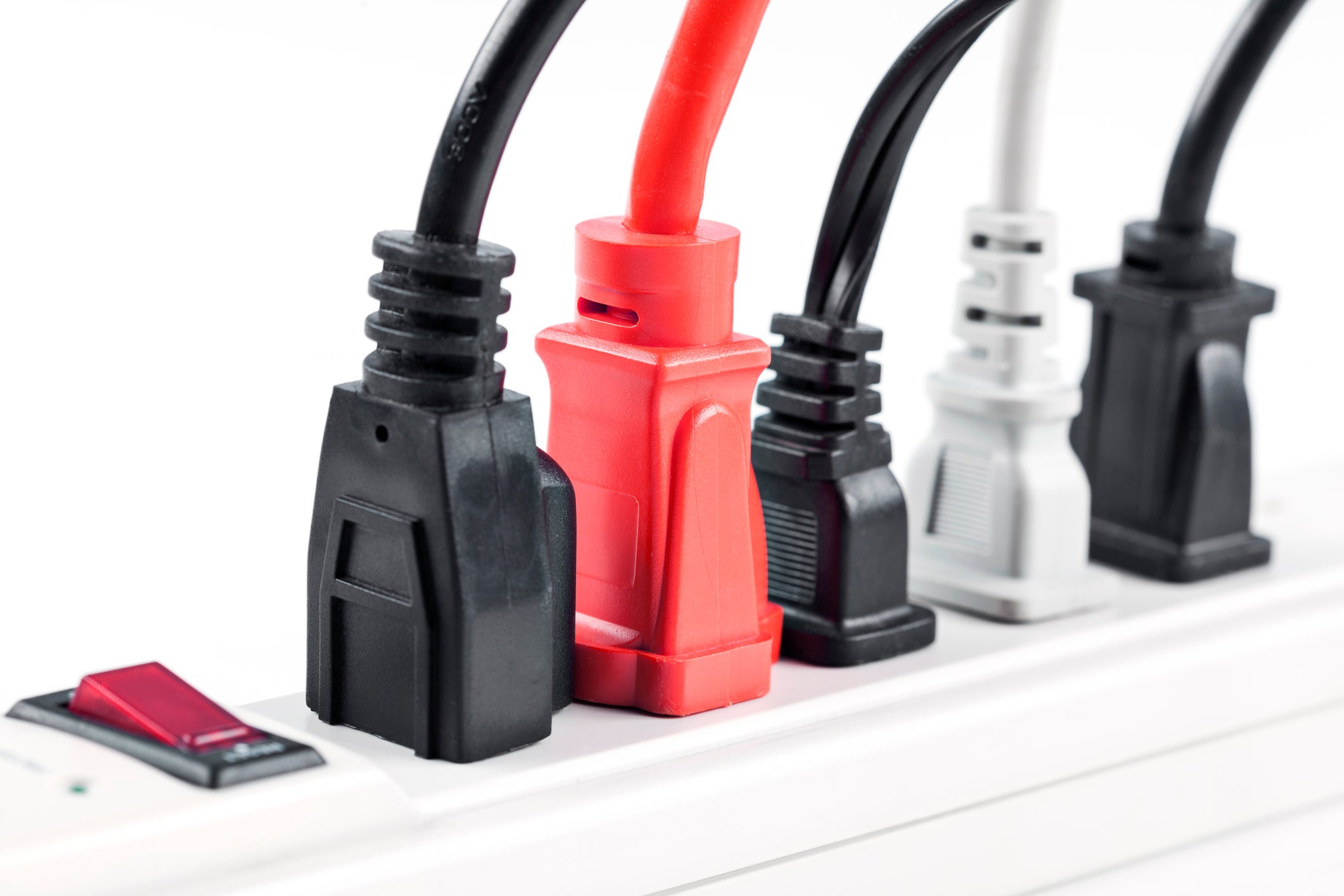
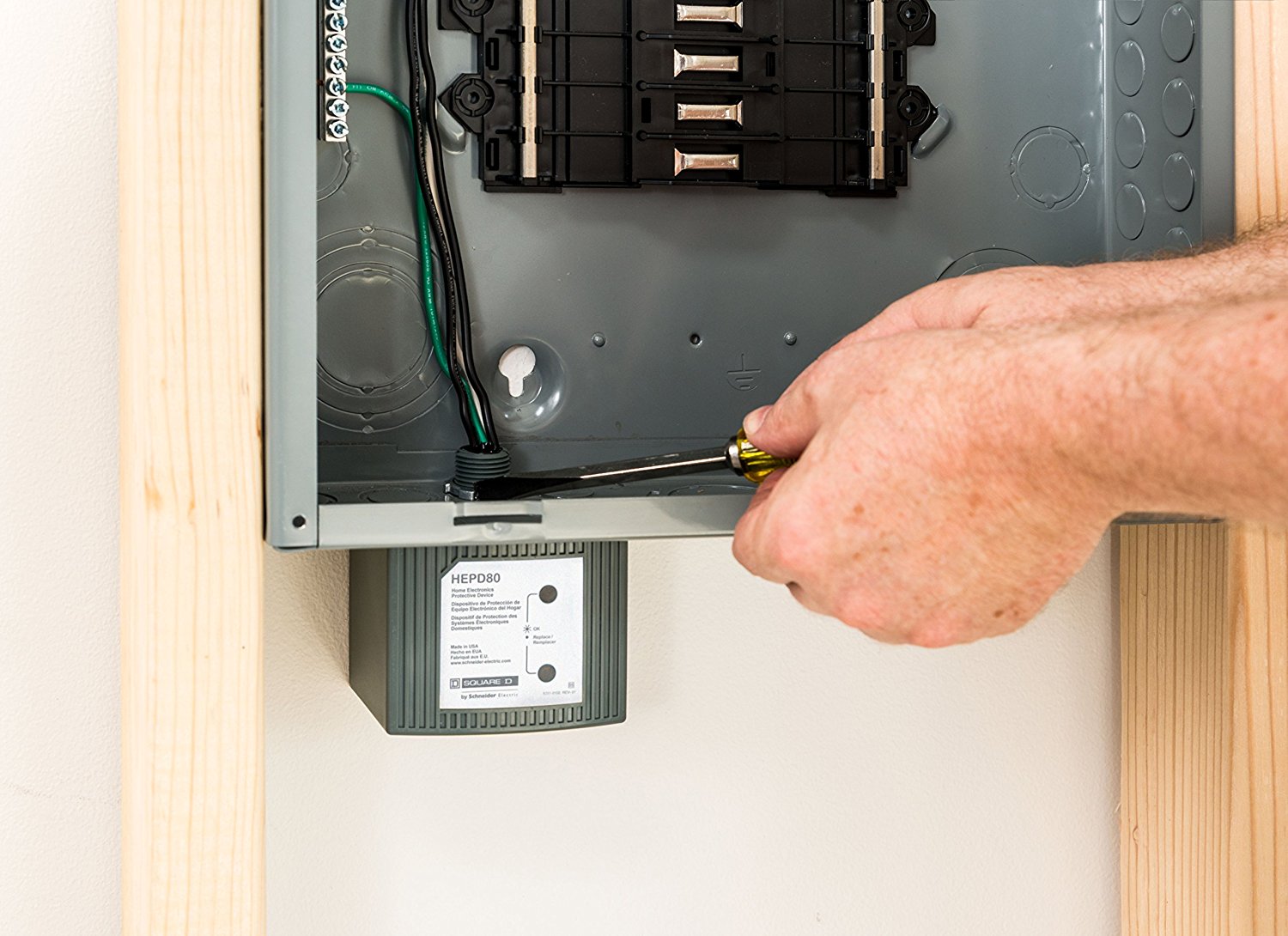
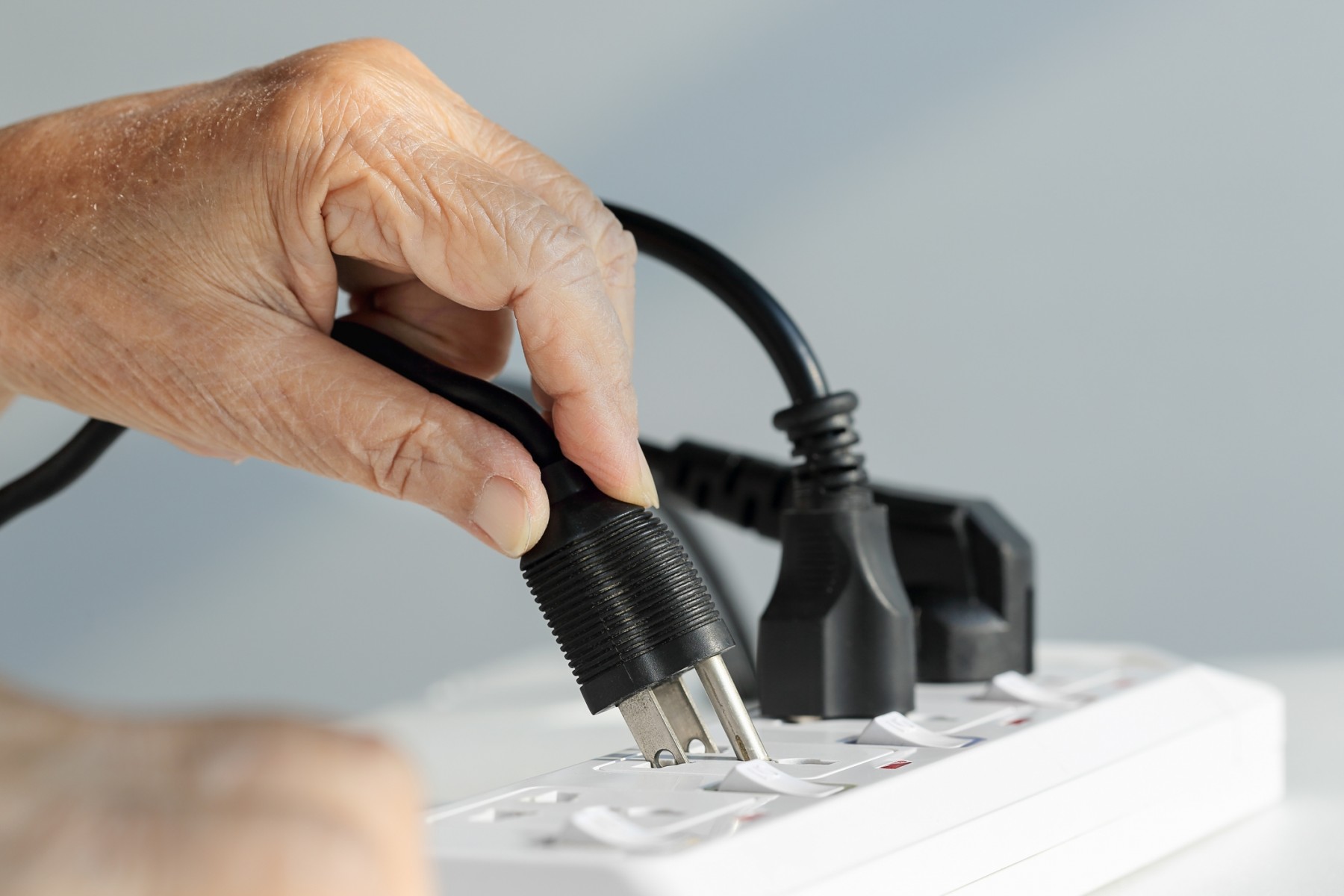
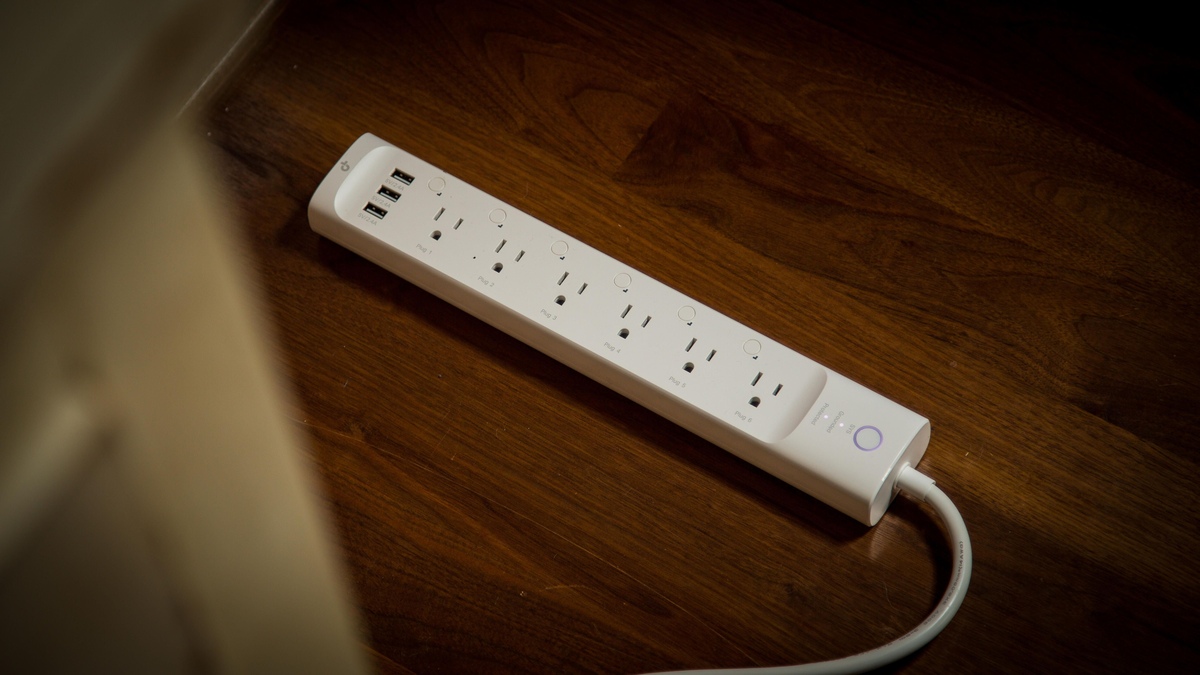
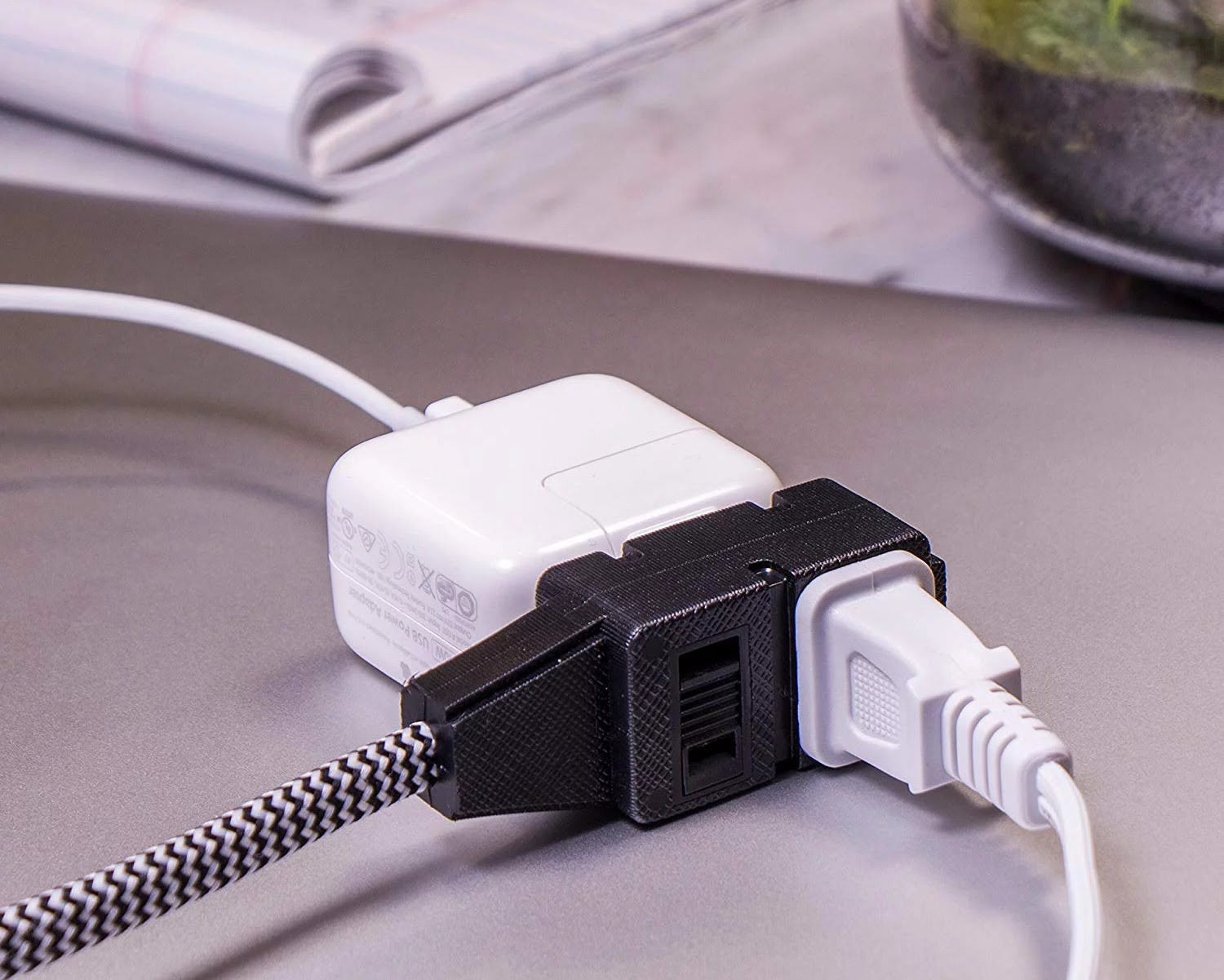
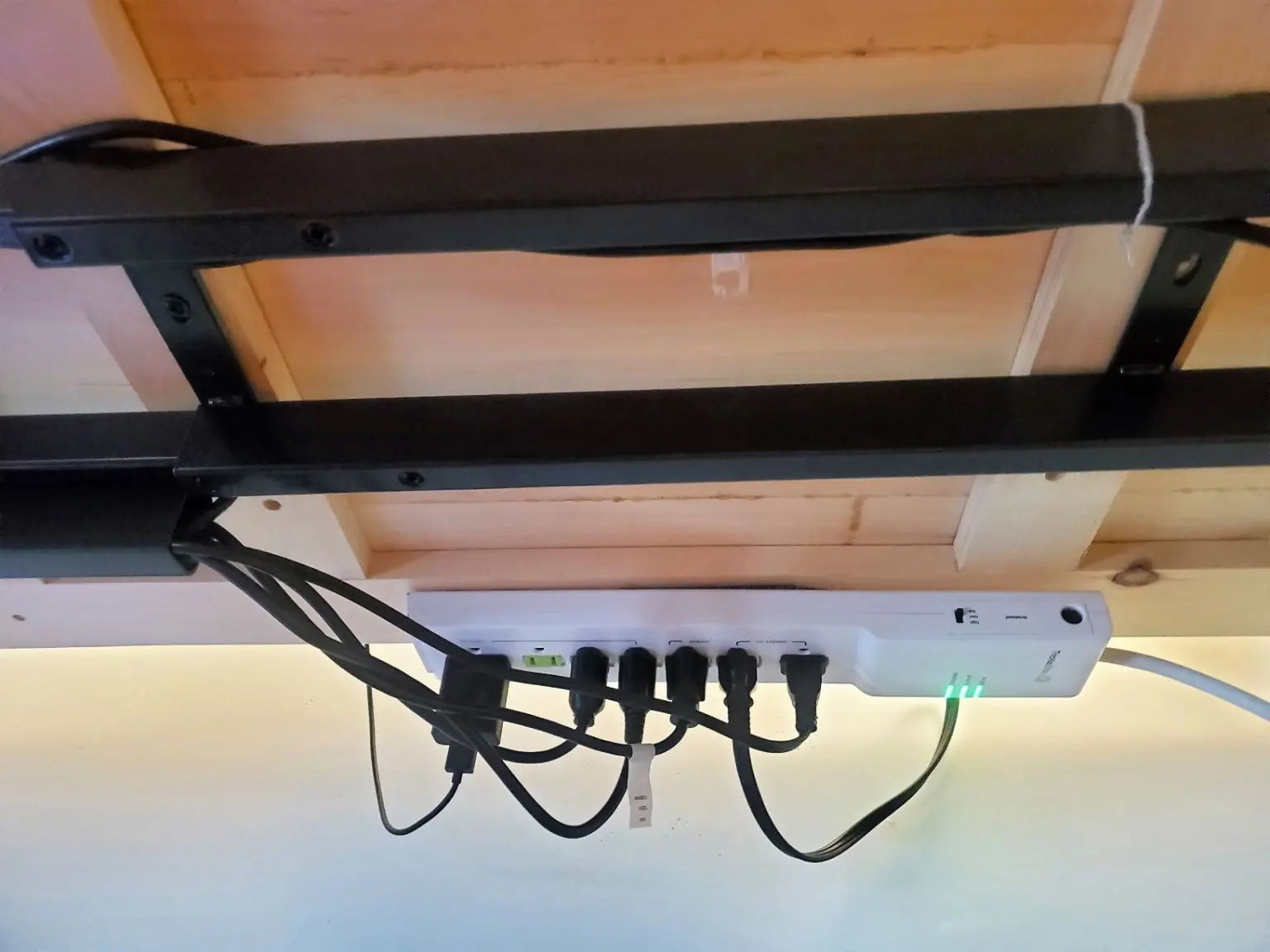

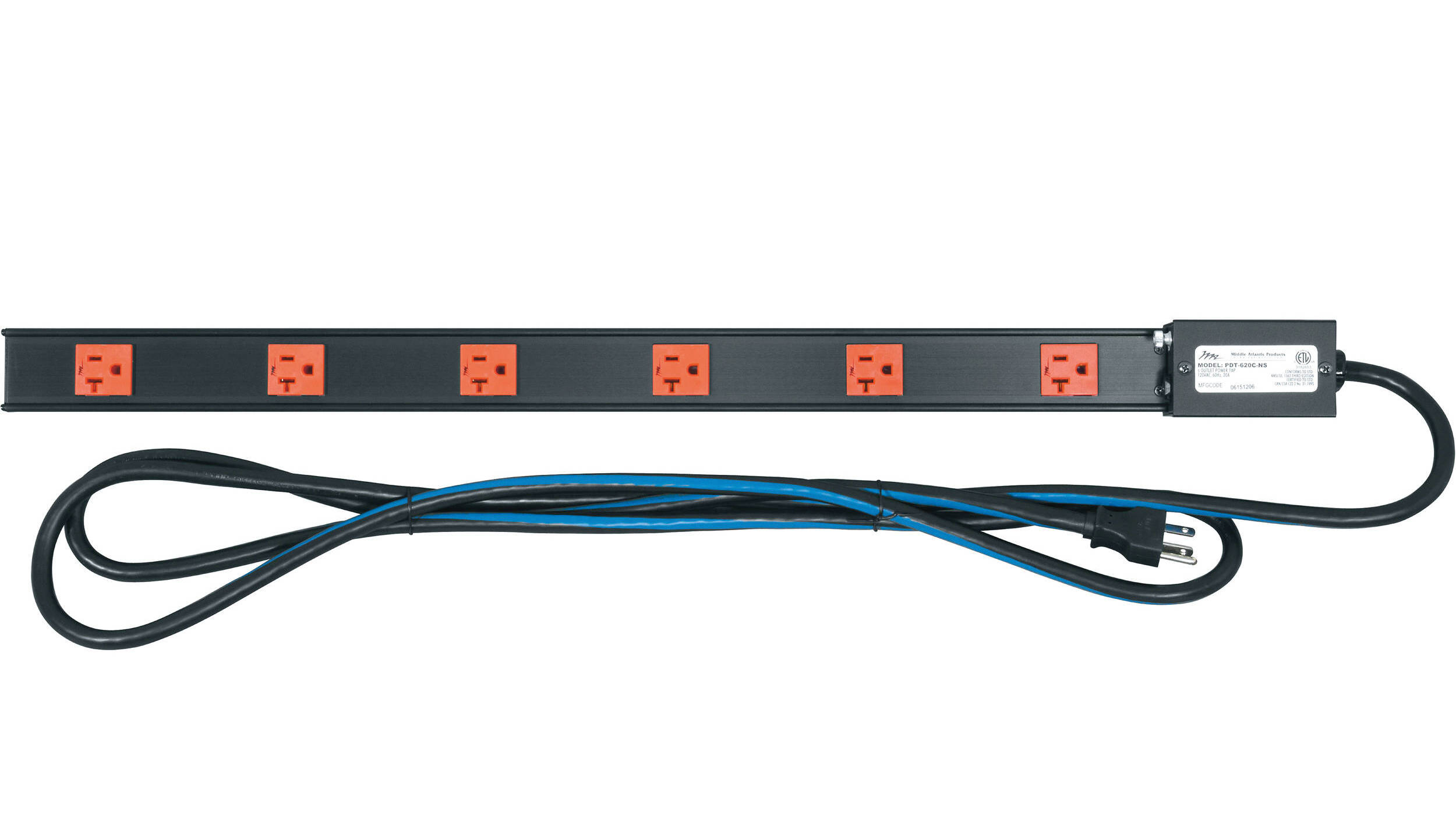
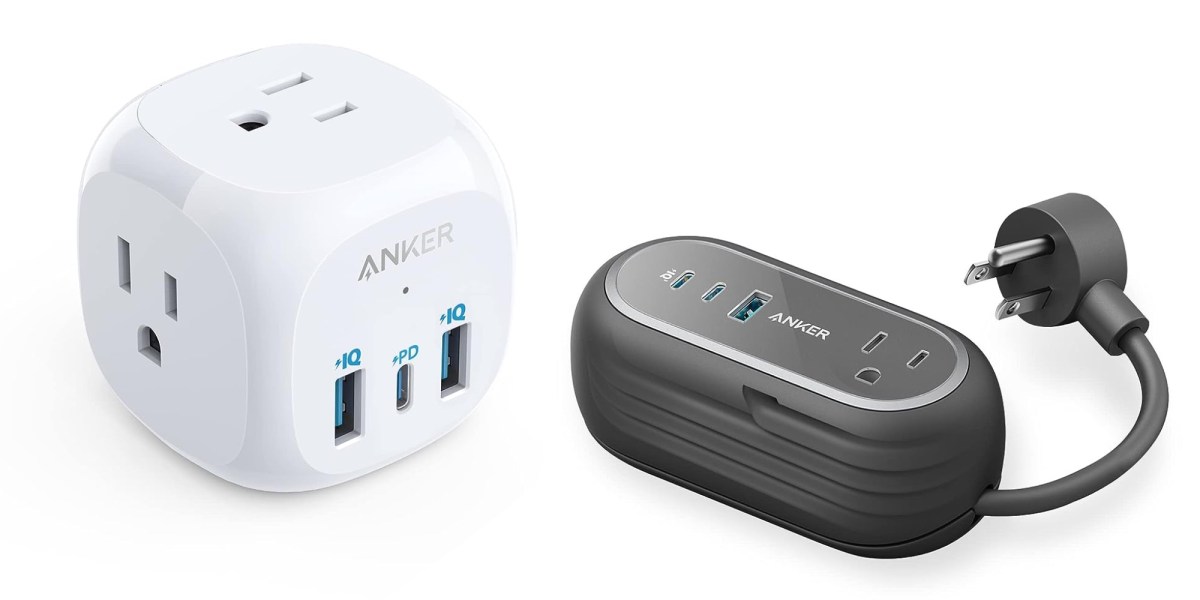
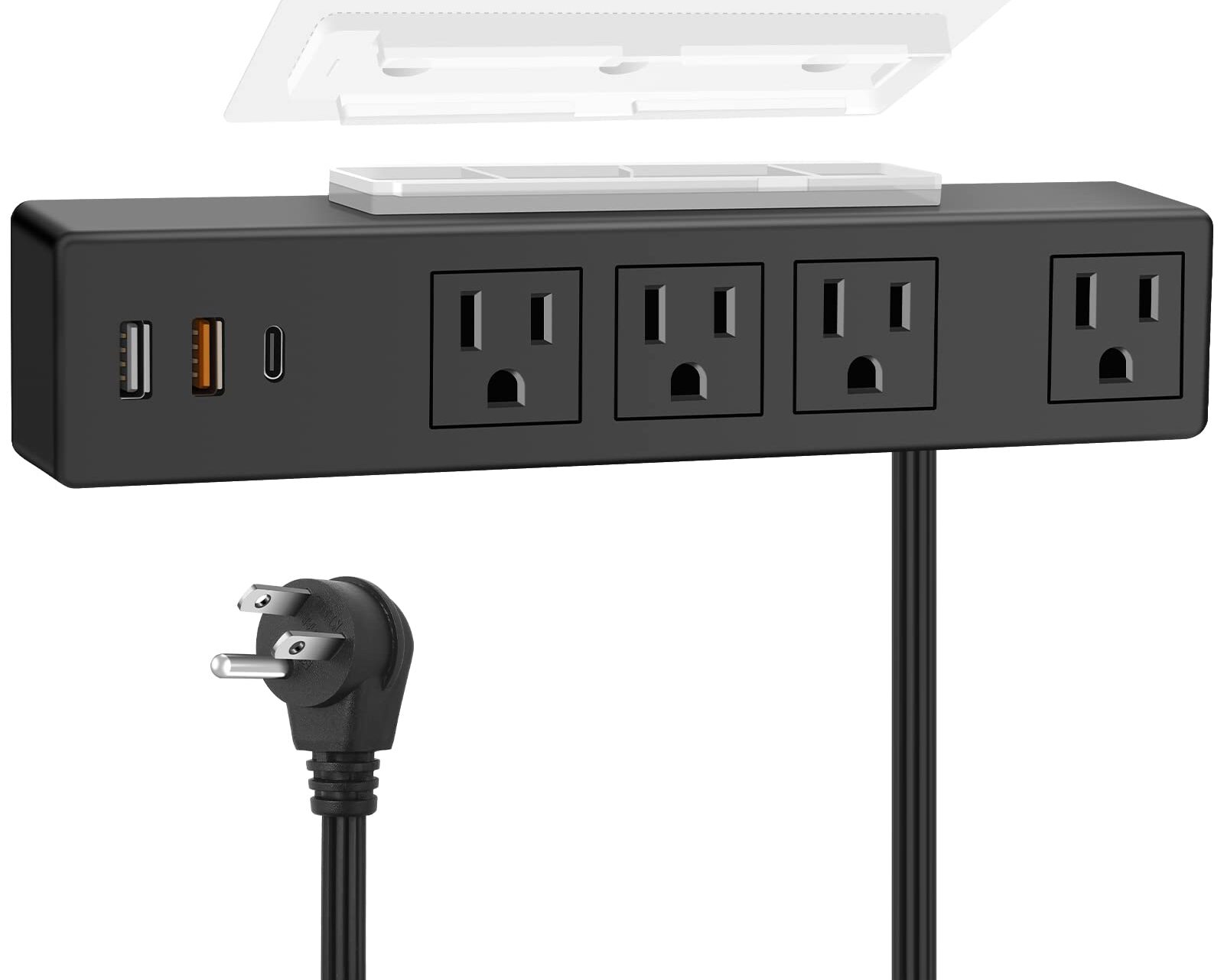
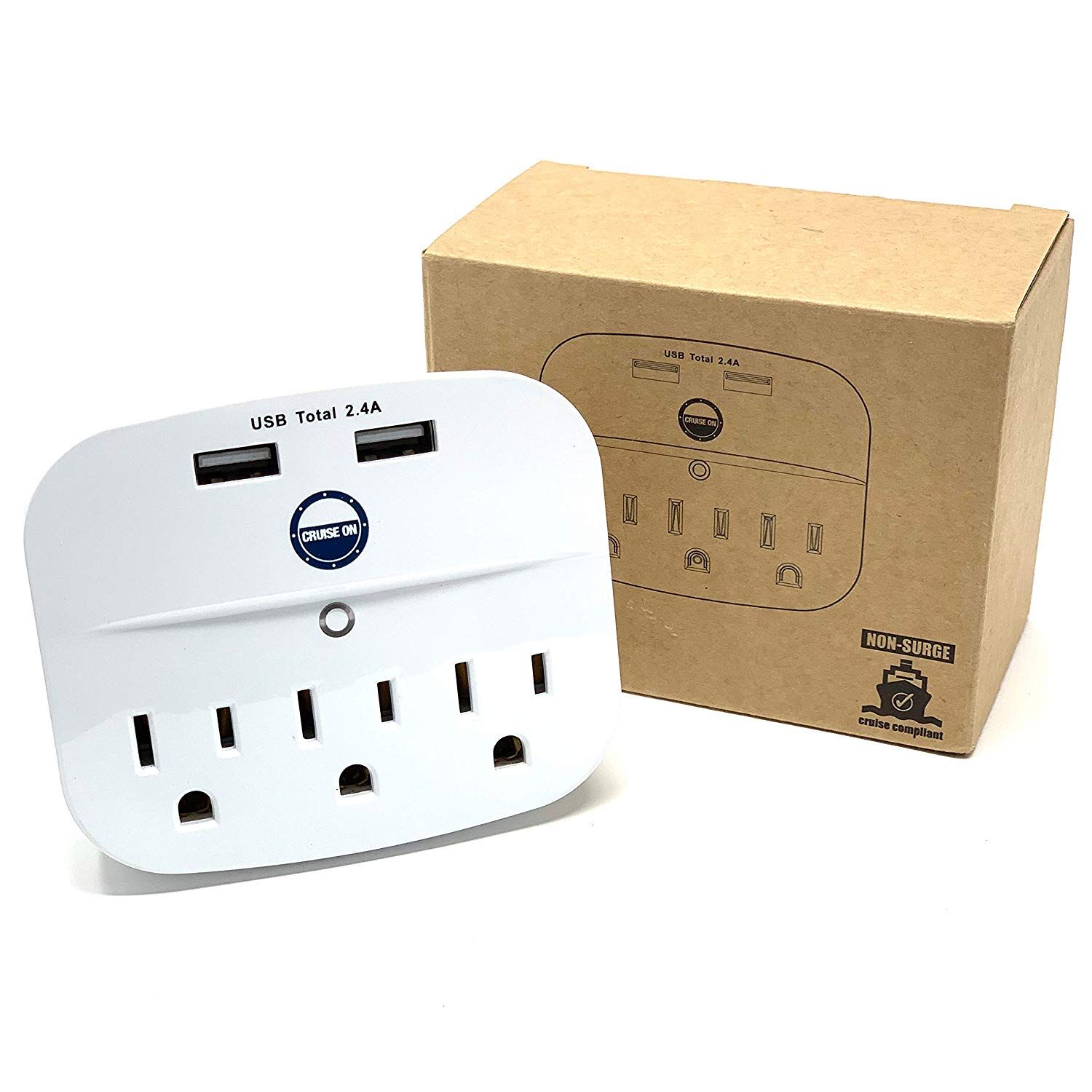
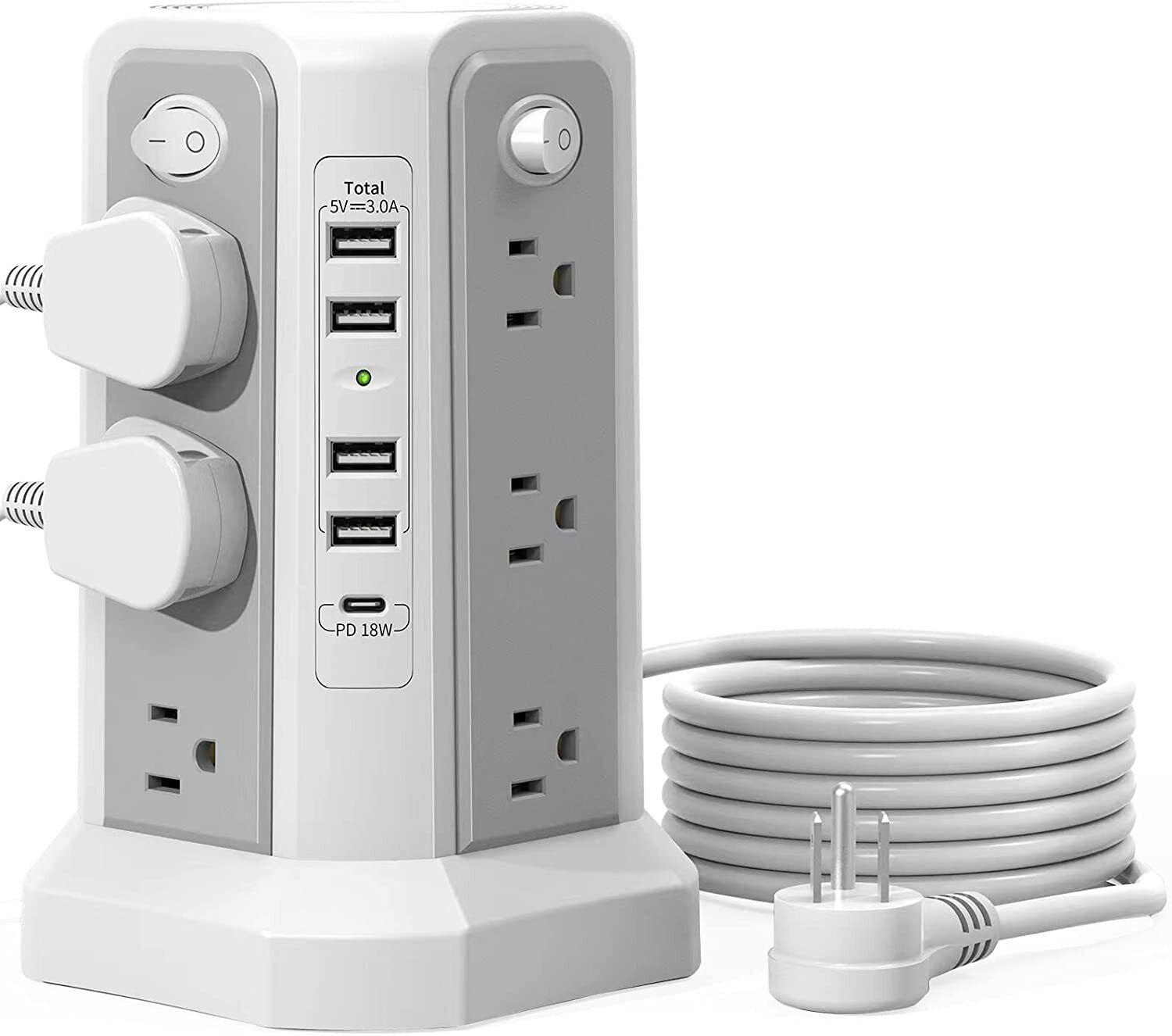
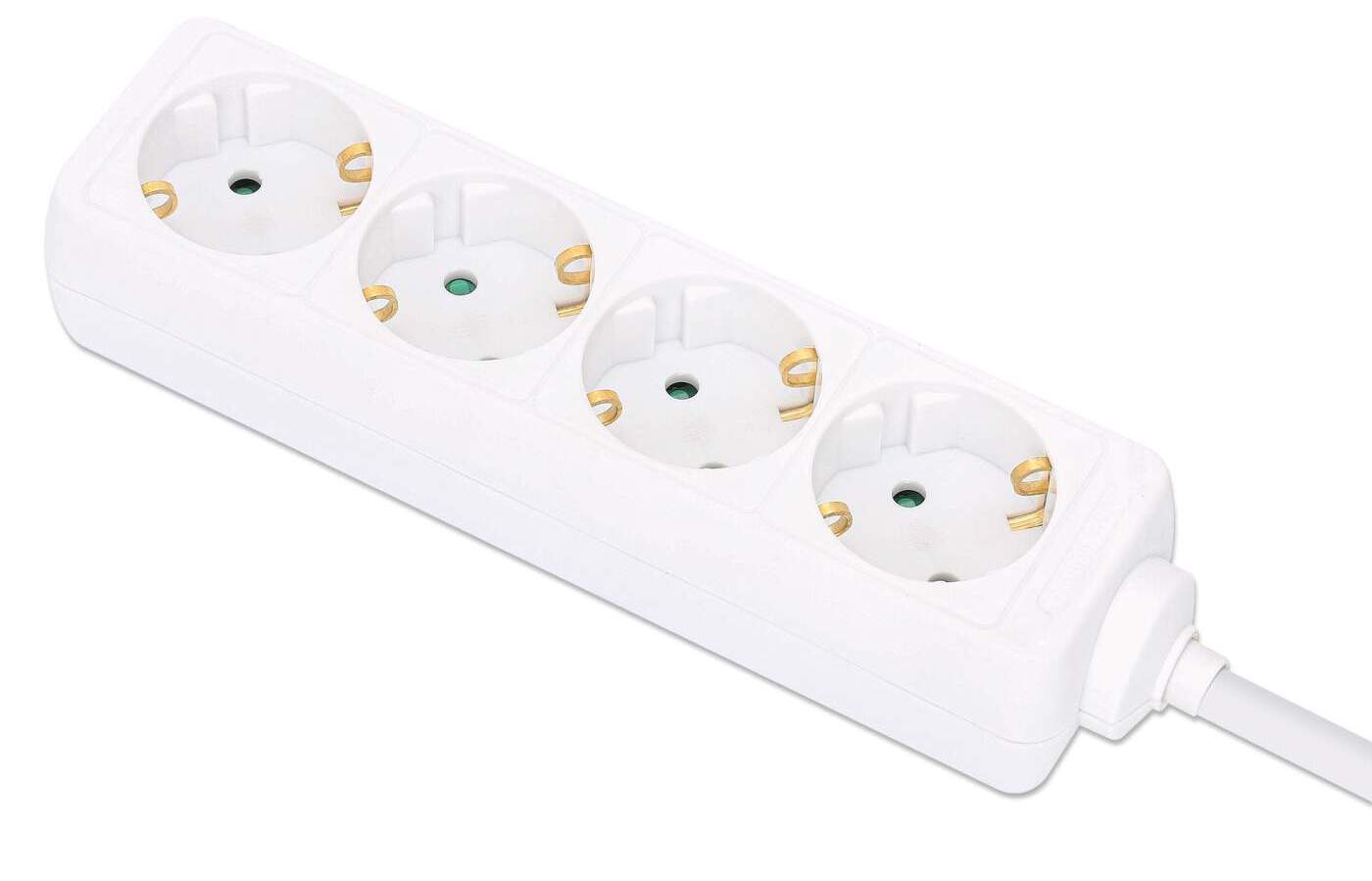

0 thoughts on “How Much Wattage Can A Power Strip Handle”